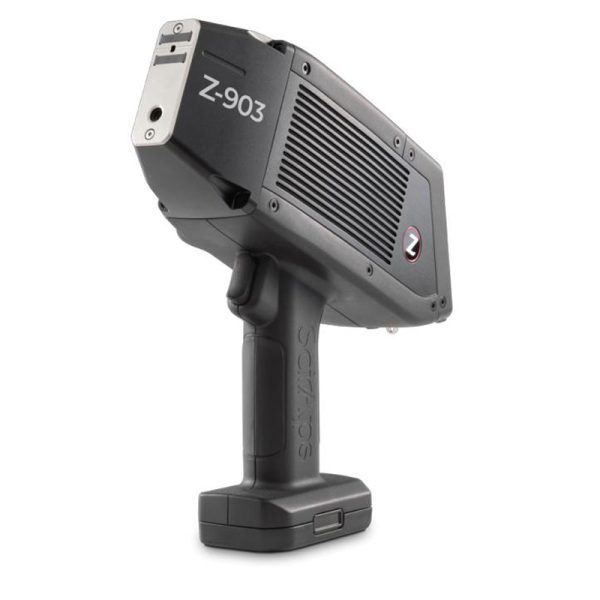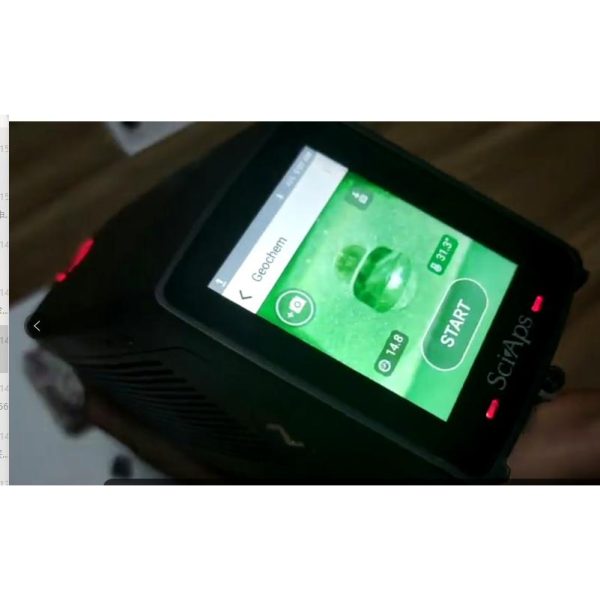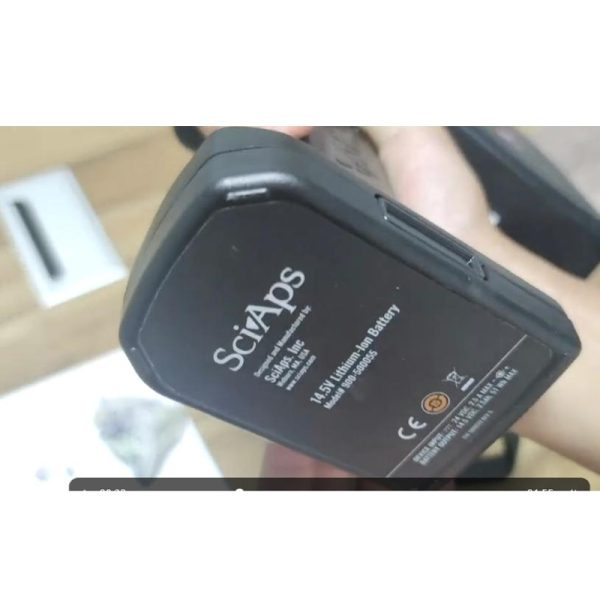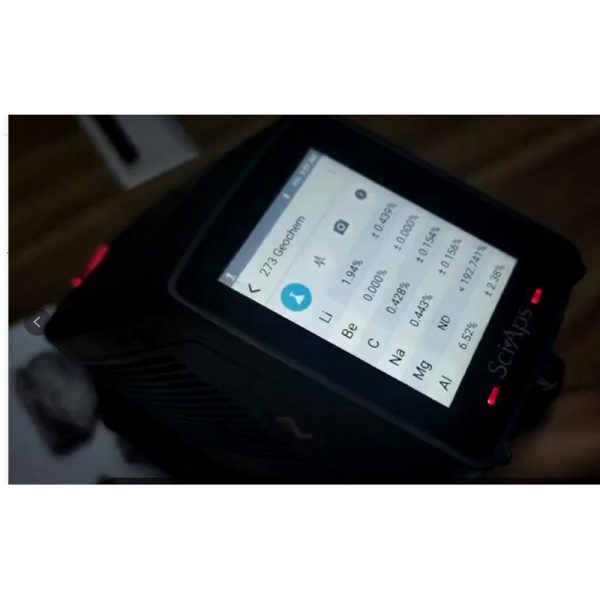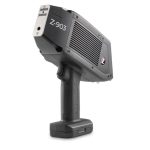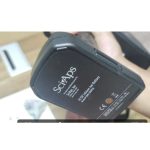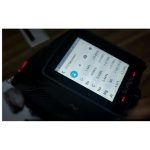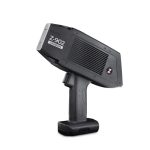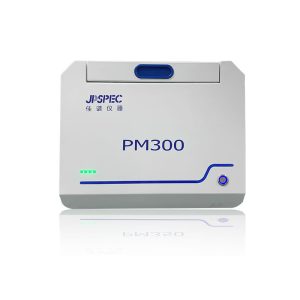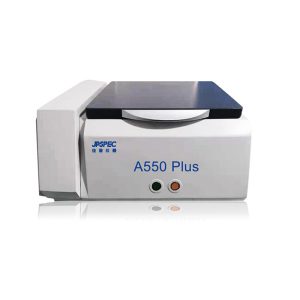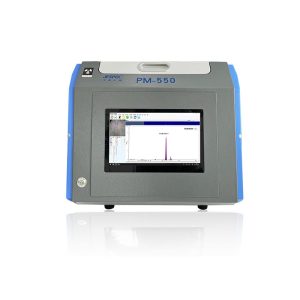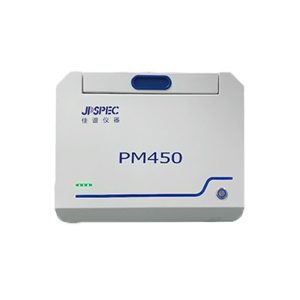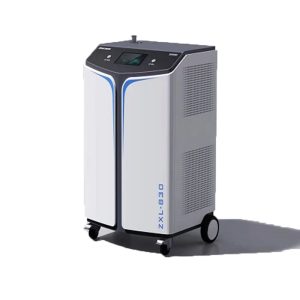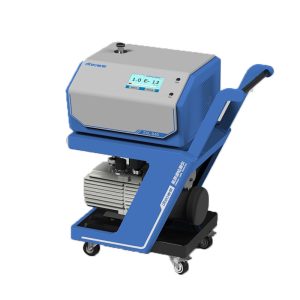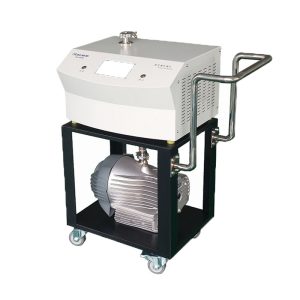- Description
- Inquiry
Description
LIBS spectrometer
1.SciAps LIBS Series of product features
LIBS has been used as a laboratory technique for more than 30 years and is able to analyze any elements in a periodic table. Now the technology has been Being miniaturized into a handheld device (HH LIBS) has the ability to analyze any element, depending on the light selected for the device Spectrometer range. It is specially developed for field metal material analysis, field mineral element analysis and soil heavy metal analysis lement analysis equipment, using the most advanced laser induction technology, fast analysis, accurate results, simple operation, overall setting The meter is suitable for the field high temperature, rain, dust and other changeable operating environment. It has the following characteristics:
1.Leading technology, fast analysis speed and high accuracy
Z series LIBS laser analyzer is a team led by Dr. Don Sackett following XT, Alpha, Omega, Delta series of element analyzer after the development of the fifth generation of handheld analysis instruments; The latest advanced hardware and software are adopted.
1.Small in size, light and easy to carry
Users of handheld laser-induced spectroscopic instruments want the new generation of Z series analytical instruments to be smaller and lighter. Will be the user’s needs and We have accumulated 10 years of portable instrument knowledge combination, the lightest, the smallest, the most labor-saving, faster analysis speed, analysis efficiency Higher, handheld Z-series analytical instruments are available. It weighs about 1.34 kg.
3.HD display technology
Using the latest technology 2.7 ” large display, the results are clearly visible in all light conditions.
4.Good quality, durable
Unique laser induction technology, SciAps Z series adopts industrial-grade double-layer laser protection technology, which greatly reduces Z analysis The risk of instrument damage reduces the later cost of ownership.
5.Simple operation, good compatibility of the operation platform
SciAps Z Series analyzer runs Android system like mobile phone, simple operation, good compatibility, can be through Bluetooth or no The Line is connected to the computer and the printer to share and print the test results.
LIBS spectrometer
2.Features and applications of SciAps LIBS Z-903
2.1 software Software features:
SciAps Z-903 uses a new laser-induced analysis method that increases the speed of field material analysis by another one Class, and one step to reduce the detection limit of the elements. 2.2 Main applications:
Mineral prospecting
The body design of SciAps Z series analyzer is durable, stable performance, high accuracy, can be normal in a variety of difficult conditions Operation is an indispensable equipment for in-situ analysis of soil environment in the field. Z-903 is most widely used in mineral exploration, including lithium in hard rock and brine. Due to the wide range of elements, it is also used for Forensic medicine, identification, archaeology, and oil / gas exploration.
Geotechnical chemistry and the soil
Timely analysis of the mineral sample elements and content, to provide a theoretical basis for the ore trading price Analysis of the storage material facilitates the batching and feeding operation of the manufacturing plant. The feed, sediment, concentrate and tail material were analyzed in real time.
Environmental governance and governance
A Z-series analyzer can be used to analyze the soil, sediments, in still used and closed mines (hills) or nearby sites The elements and content of dust and tailings provide data basis for environmental monitoring and management. All environmental supervision department can use Z series analyzer to quickly detect the weight and content of metal elements to be controlled by the current regional regulations, Collect and archive the quantitative records for environmental monitoring.
LIBS spectrometer
Archaeology of cultural relics
The composition analysis is more and more important in the study of cultural relics, and understanding the composition of cultural relics is gradually formed Workflow necessary for archaeological, conservation, and restoration research. LIBS technology due of its uniqueness Advantages such as detection range (but for various morphological samples in various environments) Sample demand (sample demand is small, the spot area can be dozens of microns), sample broken Bad nature (microdestructive analysis, near nondestructive analysis), in situ analysis (instrument miniaturization And portable development) and remote operation (rapid analysis of remote goals, No additional installation), is gaining increasing research interest from archaeologists.
Academic research and education in soil-related majors
The Z series analysis contributes to the completion of experiments conducted in the university campus laboratory, supports undergraduate and graduate students to complete research projects, And in the daily teaching activities, to help the geological and mining related professional teachers to complete the teaching tasks. Since the Z series analysis LIBS analyzer can quickly provide results, it can not only help students understand the modern analyst To identify various samples, and to deepen students’ understanding of the causes of soil pollution and soil remediation.
| weight | 1.34 Kg, with a battery |
| size | 10.75 x 2.875 x 8.625 |
| indication | 2.7 ″High brightness, color touch screen, readable in all lighting conditions |
| electric source | On-board rechargeable lithium-ion battery, built-in or external charger rechargeable, AC power supply |
| processor | A53 1.2GHz memory of 2GBLPDDR3 16GB eMMC |
| lay in | Junction data storage: 32 GB SD |
| Wireless link | The base is built on the Google Android platform for real-time data export, including built-in WiFi (IEEE 802.11b/g/ n), Bluetooth (BR / EDR + BLE), GPS and USB-C connected to almost any information management system |
| Operating system | Android Intelligent operating system |
| camera | In the analysis process, the airborne camera can help locate and detect the position, and the built-in HD camera and video imaging system can conduct accurate microregion analysis |
| The results are viewed | Integrated camera and laser target indicator for viewing samples before testing and performing appropriate sample calibration during analysis, in. Includes a second “macro” for scanning QR codes or bar codes as well as photo documentation and report generation |
| Laser grating | Onboard Y level, used to rasterize the laser to discrete positions for target analysis or averaging |
| gas | SciAps The proprietary Opti-purge provides an inert argon environment, improving the spectral signal-to-noise ratio and improving the system performance UV range |
| Calibration check | Automatic calibration and wavelength measurement were verified with a 316 stainless steel scale |
| Drift calibration | Automatic drift correction software, factory-provided or user-provided references |
| Card number library | 500 + brand, support multiple inventory, you can add or edit inventory |
| supervision | CE, RoHS, USFDA registry. Class 3 b laser. Sample sensors on board, allowing operation under level 1 conditions, Need local LSO approval |
| wavelength coverage | 190 – 950 nm |
| calibration curve | C ,H ,O ,N ,Li ,B ,Be. Mg. Al. Si, Ti, V. Cr. Mn. Fe. Ni. Cu. Zn. Zr. Pb. Bi. Ag. Sn Al, Ti, V, Cr, Fe, Cu, Zr, Nb, Mo, Sn all elements on the periodic table of equal elements |
| safety | Password protection; multi-user support with configurable access settings |





